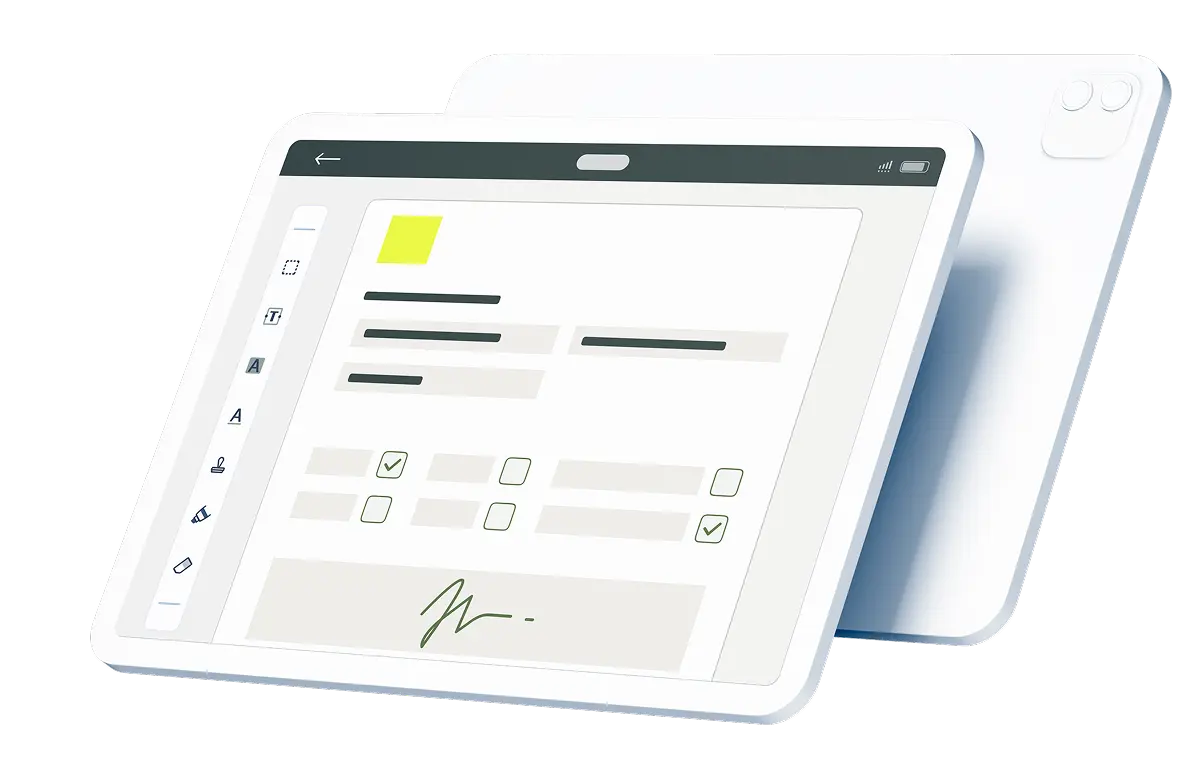Work orders can help improve productivity and efficiency in the workplace. They are the driving force that helps get things done and keeps workers on task. They facilitate communication so there is no confusion about expectations and individual responsibilities as they relate to a particular task or project.
As many as 86% of working professionals blame decreased productivity primarily on poor communication. It can be impossible to verbally communicate every single thing you want every employee or department to do at any given time, which is why a work order is so important.
As a business owner, hiring manager or HR professional, you understand that making a new hire is more than just finding someone to fill a position. It’s an investment in the success of your organization by attracting qualified candidates to realize company objectives, both short-term and long-term. The onboarding process is crucial to an employee’s performance and productivity, so it’s in your best interest as an employer to have a comprehensive onboarding checklist.
Contents:
What Is a Work Order?
A work order is a document that is also known as a service order or job order. It is authorized by managers and instructs workers to complete certain tasks. A wide variety of industries use worker orders to manage operations and request follow-up actions after audits or inspections. Work orders improve communication and give employees a clear expectation of the actions they need to take to complete a specific task.
Work orders are very simple yet effective tools for assigning and scheduling job tasks. When used correctly, they can standardize workflows and improve productivity and efficiency.
What Are the Different Work Order Types?
There are several different types of work orders. They include:
- Preventative maintenance work orders: These include preventative maintenance tasks and schedules to help address small issues that could later turn into big issues.
- On-demand work orders: These are work orders that are issued for currently existing problems. When an employee receives an on-demand work order, the expectation is that the task specified in the work order will be completed right away.
- Installation work order: As the name suggests, an installation work order is a type of work order initiating some type of installation task.
- Inspection work order: This type of work order tells a maintenance technician that an inspection of an asset is required.
- General work order: If a work order doesn’t fall under the other work order umbrellas, it is often referred to as a general work order.
These are the main types of work orders. Your company may utilize just one or all of the above types of work orders in its everyday operations.
Work Order Examples
In addition to the main types of work orders, there are also a couple of general categories they fall under:
- Manual work orders: These are work orders that are paper-based and scheduled by hand. It can take a lot of time to create a manual work order from scratch.
- Automated work orders: These are work orders that are electronic-based and can typically be created within a matter of minutes. They are convenient and easy to send electronically to the appropriate employees or departments.
If you’d like to look at a work order example before coming up with your own, there are many different online documents you can refer to. Here is some of the information that should be included in a typical work order form:
- Work description
- Client name and contact details
- Tasks to be performed
- Technicians assigned to the tasks
- Optional photos for documentation purposes
- Signed authorization
These forms should also include columns to indicate further details of the work assignment. Some may even include a response column where questions and comments can be indicated during the process.
What’s the Difference Between a Work Order vs Contract?
A work order is an official written communication authorizing a professional to complete a task or job on behalf of a customer. A contract, on the other hand, contains more specific conditions and terms. Contracts are often utilized when the performance standards and overall scope of a project need to be very clear and legally binding. Contracts are often used to govern a long-term relationship between a vendor and business, while a work order is typically a short-term agreement that applies to a single project.
There is also a difference in the legal value between a work order and a contract. Contracts are legally binding documents that are often preferred for companies entering into a business transaction that comes with a lot of risks. Usually, contracts can identify the required performance standards and hold specific people responsible for breach of the contract terms. Work orders are official documents, but they do not typically carry the legal weight or consequences of contracts.
It is important for your business to decide which type of agreement is most appropriate for each project you assign. Does a work order meet your needs or do you require the extra protections a contract can provide?
How Can I Find a Work Order Template?
Fluix is a trusted workflow management platform that offers user-friendly work order templates. Companies that use this platform decrease their work order creation and completion times significantly. Preventative maintenance is also up to 3.5 times faster with Fluix.
A wide variety of industries use Fluix to help speed up all types of inspections, including quality inspections, safety inspections, and preventative maintenance inspections. The software makes it possible to complete and manage work forms in a fraction of the time it would take otherwise.
You can also find single work order templates online, but they don’t come with the design and efficiency benefits the Fluix platform offers. There are good reasons why Fluix is trusted by leading businesses that value maximum productivity and easy product management capabilities.
Get Help With Your Work Order Form Needs
Work order forms are essential for all types of businesses. They help ensure that projects go quickly and smoothly and that all parties involved know what duties and tasks they’re responsible to undertake. It can be cumbersome to create work orders from scratch every time a task must be completed.
Fortunately, you can improve your digital workflow and ensure the timely completion of various projects with the help of Fluix digital workflow software. It’s easy to get started. Create your complimentary, 14-day trial today and see for yourself how automating your work order processes can save you time and money.

